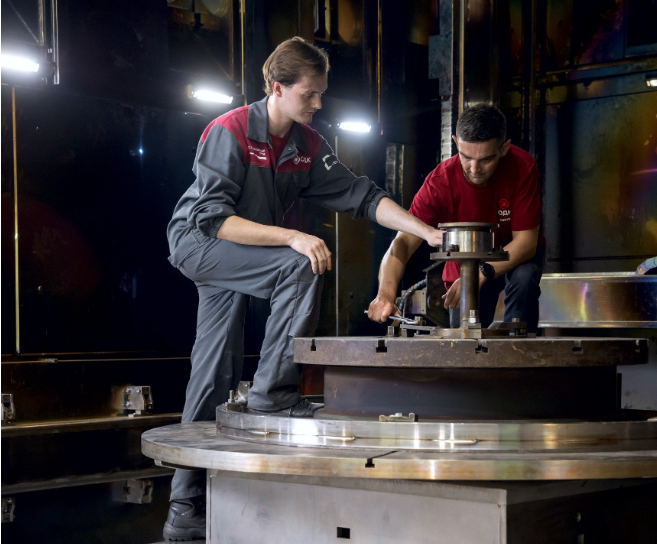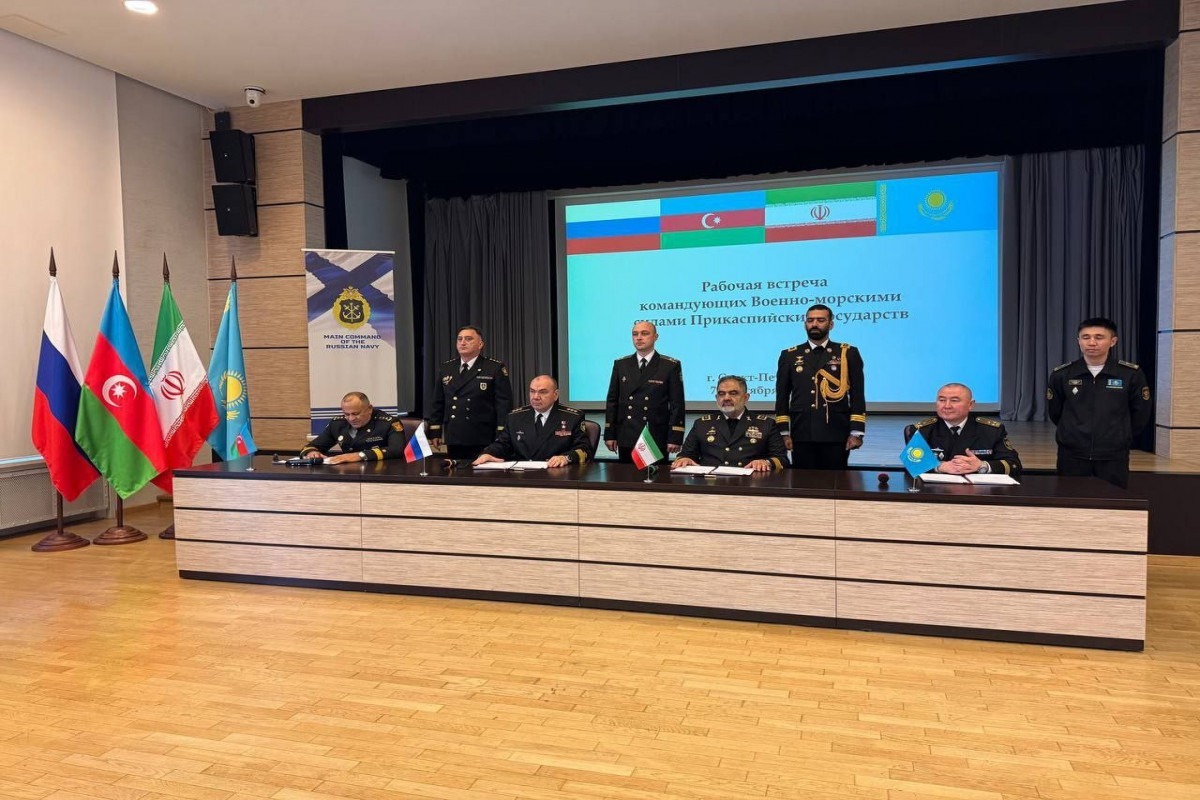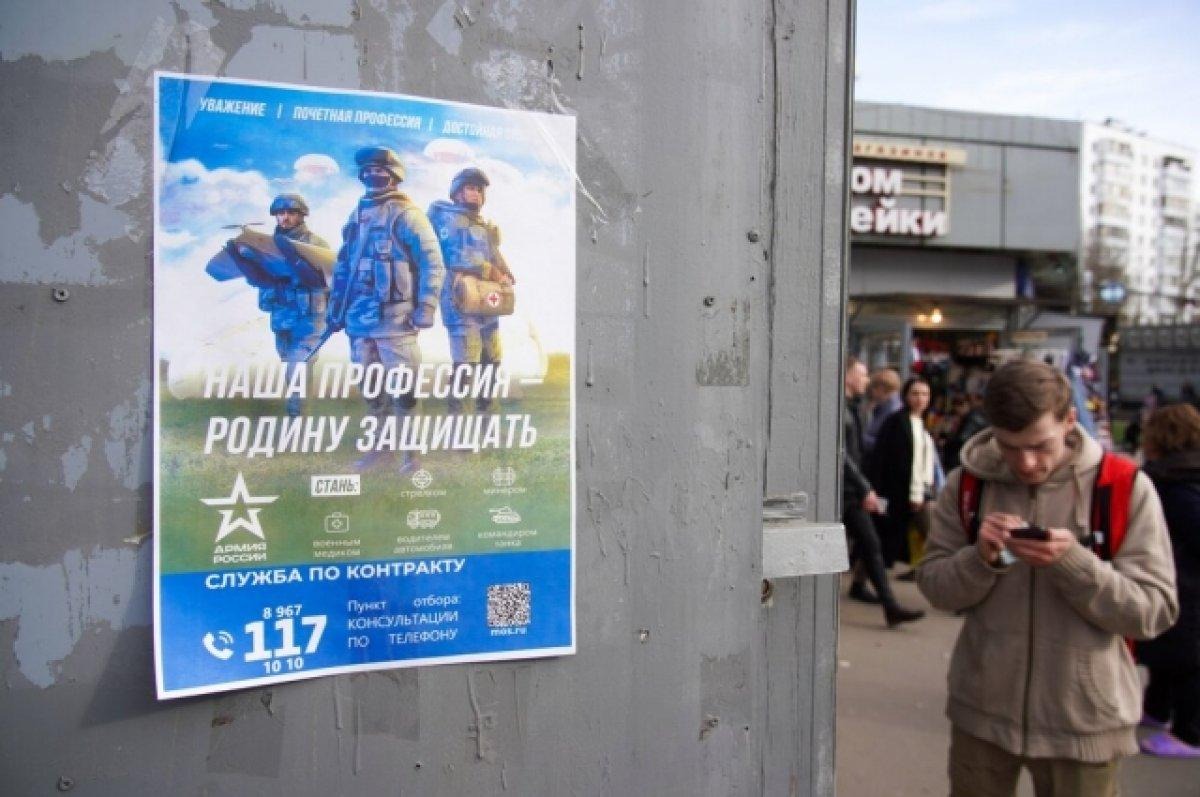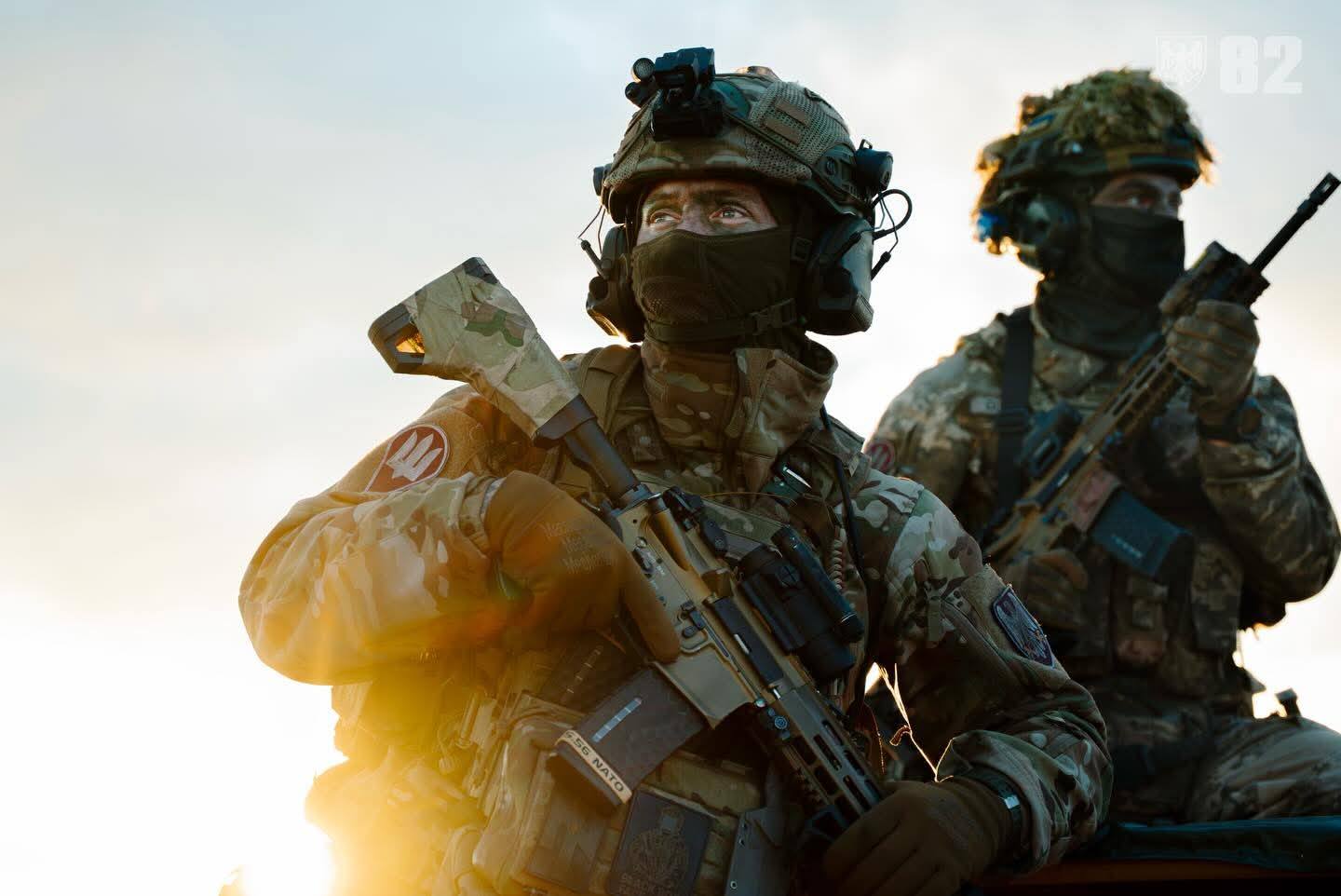
Rostec’s Updated 2023 Financial Data Shows Decline in Revenue
Rostec’s Updated 2023 Financial Data Shows Decline in Revenue
Executive Summary:
- Rostec, Russia’s state-owned military-industrial corporation, revised its financial data for 2023, initially presented in May, and handed over this new data to Russian President Vladimir Putin on July 30.
- The update shows a decrease in total revenue, arms manufacturing revenue, civil products revenue, and net profit, demonstrating the inflation of the original data presented, which made Rostec look more successful than it actually was.
- Rostec faces numerous structural obstacles to expansion, such as producing enough revenue to pay for a growing workforce and increase production. It is still unclear whether it will be able to overcome these obstacles in the foreseeable future.
On July 30, Russia’s state-owned military-industrial corporation Rostec presented revised financial results for 2023. Managing Director of Rostec Sergei Chemezov presented these updated results to Russian President Vladimir Putin. The previous report was presented by Chemezov to Russian Prime Minister Mikhail Mishustin three months ago on May 3. The major updates in the data show a 2-percent decrease in total revenue, including a 1.2-percent decrease in revenue from arms manufacturing, a 3.5-percent decrease in revenue from the production of civil products, and a 9-percent decrease in net profit. Additionally, the ratio of salary and social tax revenue of the average Rostec employee was about 32 percent of the total labor productivity in 2023. Rostec plans to increase this number to 36–37 percent in 2024. The significance of this last point is that it demonstrates the continuing growth of labor costs in Russia, which is a significant obstacle to the increase in arms production rates, as Rostec must continually raise salaries for its workers to match inflation. It is currently unclear whether Rostec will be able to overcome these obstacles any time soon (Rostec, May 3; RBC, May 17; see EDM, May 30; Kremlin, July 30). This change in data demonstrates the precarious place Russia’s military-industrial complex has found itself in as the war in Ukraine continues, with Moscow requiring more and more weapons to replenish its dwindling arsenal.
The two sets of Rostec annual data regarding 2023 presented below demonstrate these changes:
Table 1: Rostec Financial Results for 2023 Presented by Sergei Chemezov to Mikhail Mishustin on May 3, 2024 vs. Those Presented to Vladimir Putin on July 30, 2024
| Consolidated Revenue | Incl. Revenue from Arms Manufacturing | Incl. Revenue from Civil Products | Net Profit | Profitability (net profit to revenue) | |
| May 3, 2024, million rubles | 2,900,000 | 1,870,000 | 1,030,000 | 66,100 | 2.28 percent |
| July 30, 2024, million rubles | 2,840,000 | 1,847,000 | 993,000 | 60,100 | 2.12 percent |
| May 3, 2024, million USD | 34,054 | 22,000 | 12,054 | 776 | 2.28 percent |
| July 30, 2024, million USD | 33,350 | 21,690 | 11,660 | 706 | 2.12 percent |
These numbers show that the costs of arms manufacturing in Rostec appeared slightly higher three months ago. Moreover, Chemezov explained that “revenue” as currently defined fails to account for additional costs related to overhead when fulfilling state orders. Given Rostec’s arms manufacturing wing’s low level of “profitability,” it has not been able to cover these ancillary overhead expenses out of the revenues earned from foreign sales and state orders (Kremlin, July 30). Put more plainly, with regard to military products, Rostec is operating at a loss.
Moreover, Chemezov told Putin that Rostec’s revenue from civil products increased by 5.5 percent in 2023 compared to the previous year. That means Rostec earned 941 billion rubles ($13.7 billion) from civil products out of the 2,116 billion rubles ($30.9 billion) total consolidated revenue. If true, arms manufacturing gave Rostec 1,175 billion rubles ($17.2 billion) in 2022, which is significantly lower than the 1,270 billion rubles ($18.5 billion) that was calculated earlier this year. However, this confirms the calculations made by the company a year ago (see EDM, August 7, 2023, May 30).
Another significant update in the data pertains to the average salary in Rostec, which is continuing to rise against the background of a growing workforce deficit in the Russian industrial sector. Moreover, it was possible to calculate the average salary in Rostec during 2022, which provides us with a more detailed picture (see EDM, May 30; Kremlin.ru, July 30):
Table 2: Average Salary and Labor Productivity in Rostec, 2020–2024
| Average Salary, Rubles | Labor Productivity, Rubles | Average Monthly Salary, USD | Annual Labor Productivity, USD | Number of Employees | |
| 2020 | 55,600 | 3,187,000 | 771 | 44,184 | 589,200 |
| 2021 | 61,600 | 3,491,000 | 836 | 47,381 | 591,200 |
| 2022 | 72,400 | 3,500,000 | 1,057 | 51,102 | 591,000 |
| 2023 | 80,000 | 4,300,000 | 939 | 50,493 | 660,000 |
| 2024 | 88,300 | — | 981 | — | 730,000* |
* Planned number
Rostec has struggled to maintain, much less grow its workforce, and this appears to be becoming increasingly challenging due to inflation and the devaluation of the Russian ruble. The total burden of salaries on the corporation is also growing.
Considering that Rostec plans to employ an additional 70,000 workers and surpass 3 trillion rubles ($35 billion) of consolidated revenue in 2024, it will have to increase production rates to achieve this goal if it intends to pay for these additional workers’ salaries. Therefore, no immediate room exists for increased labor productivity with the revenue Rostec currently produces. The last point highlights the fact that the visible growth in labor productivity in 2023 mostly came from the rise in working hours by the existing workforce, as opposed to an increase in workers (Kremlin.ru, July 30). This does not always lead to the desired outcomes, as can be seen in the case of Kurganmashzavod, the factory where Russia produces BMP-3s, where a doubling of working hours failed to deliver an equivalent increase in production (see EDM, July 22).
Rostec has invested billions of rubles in modernizing its factories, including 527 billion rubles ($6.2 billion) in 2023, compared to 292 billion rubles ($4.3 billion) in 2022, 350 billion rubles ($4.8 billion) in 2021, and 200 billion rubles ($2.8 billion) in 2020. Even though the structure and outcomes of these investments are unclear, one of Rostec’s urgent priorities is the modernization of gunpowder factories (Kremlin.ru, July 30; Rostec.ru, accessed August 1, 2024).
Rostec faces structural obstacles in further increasing arms production rates in Russia. It is still unclear whether the Russian state company will be able to overcome these obstacles in the foreseeable future. The recent financial results revealed a decline in revenue and profitability, underscoring the significant challenges facing Russia’s state-owned military-industrial corporation. Despite efforts to modernize factories and increase labor productivity, rising labor costs and inflation have exacerbated these difficulties. The decrease in revenue from both arms manufacturing and civil products indicates that Rostec’s current profitability is insufficient to cover its production costs, threatening the corporation’s ability to sustain its workforce and meet ambitious future targets. These findings highlight the broader economic struggles within Russia’s defense sector, raising concerns about its capacity to maintain its military-industrial output amid escalating financial pressures.


